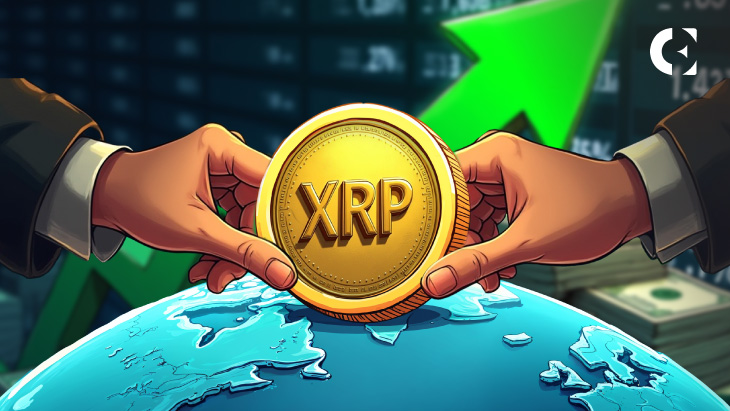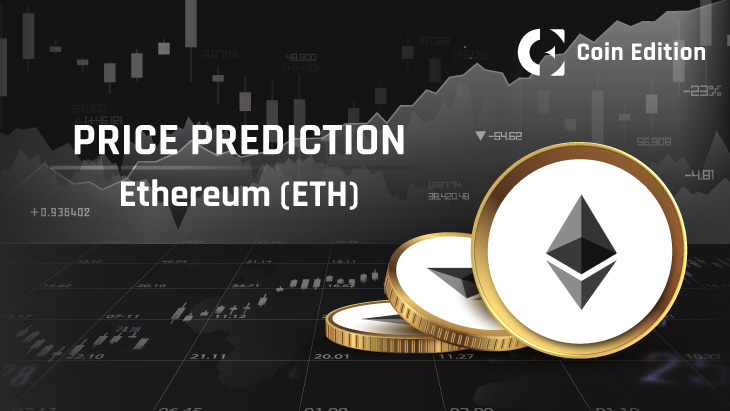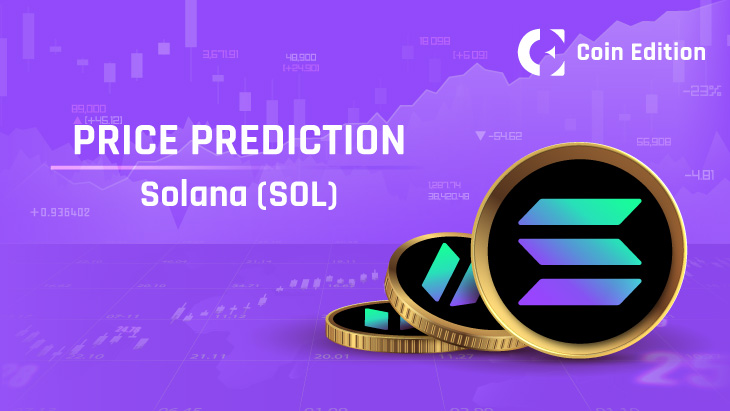- With the SEC case dismissed, XRP’s future value now depends on real-world adoption and utility.
- Ripple Payments operates in 90+ markets, with partners like SBI Remit in Asia using XRP for flow.
- XRP faces major competition from CBDCs, stablecoins like RLUSD, and legacy systems like SWIFT gpi.
After years of regulatory uncertainty, XRP entered a new chapter in August 2025 when the Securities and Exchange Commission (SEC) and Ripple mutually dismissed their appeals. The decision solidifies the 2023 district court ruling that XRP sales on public exchanges are not securities.
With legal clarity established, the token’s future now depends on utility-driven adoption and integration into mainstream finance.
XRP trades near $2.90 with a market capitalization of about $172 billion, ranking it among the top three cryptocurrencies. Its daily trading volume surpasses $2 billion. Additionally, market depth has improved, providing stronger liquidity conditions and reducing slippage during large transactions. Historical peaks range between $3.65 and $3.84, positioning today’s price close to its highest sustained levels since 2018.
This growing institutional interest is evidenced by news about Hyperscale Data plans a $10M XRP purchase for its corporate treasury.
How Is XRP Being Used for Global Payments?
Ripple Payments now operates in over 90 markets and supports more than 55 currencies, allowing institutions to settle transactions with fiat, stablecoins, or XRP. This operational flexibility is driving real-world adoption in key corridors where XRP goes global and Cardano gets serious.
In Asia, SBI Remit uses XRP to route payments from Japan to the Philippines, Vietnam, and Indonesia. In Africa, Onafriq connects 27 countries to Ripple’s settlement rails, offering a fast and cost-effective alternative to traditional remittances.
What Technical Upgrades Support XRP’s Growth?
The XRP Ledger (XRPL) received a major upgrade in 2024 with the launch of a native automated market maker (AMM). This protocol enables on-chain swaps and allows users to earn yield for providing liquidity.
Analysts view this feature as a critical step to deepen on-chain liquidity, which improves execution quality and is a prerequisite for attracting higher institutional volume.
What Are the Biggest Threats and Competitors to XRP?
XRP faces significant competition. The rise of stablecoins and central bank digital currencies (CBDCs) may limit XRP’s role in payment corridors where zero volatility is required.
Ripple’s own RLUSD stablecoin, introduced in 2025 and backed by reserves at BNY Mellon, could also compete directly with XRP’s utility. Furthermore, public-sector alternatives like CBDCs and private solutions like SWIFT gpi remain direct competitors on both transaction speed and cost.
What Is the Long-Term Price Forecast for XRP?
Expert forecasts for XRP remain bullish but are contingent on continued adoption. A July 2025 panel from Finder, for example, places XRP at $5.25 by 2030.
However, these long-term outlooks depend heavily on a potential spot ETF approval, increased adoption in payment corridors, and the percentage of Ripple Payments’ volume that settles in XRP versus fiat or stablecoins.
Disclaimer: The information presented in this article is for informational and educational purposes only. The article does not constitute financial advice or advice of any kind. Coin Edition is not responsible for any losses incurred as a result of the utilization of content, products, or services mentioned. Readers are advised to exercise caution before taking any action related to the company.







